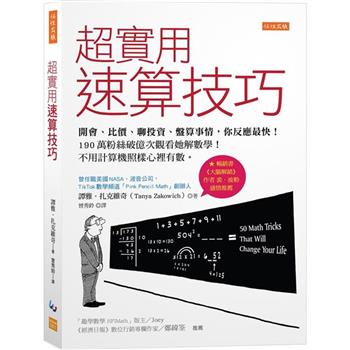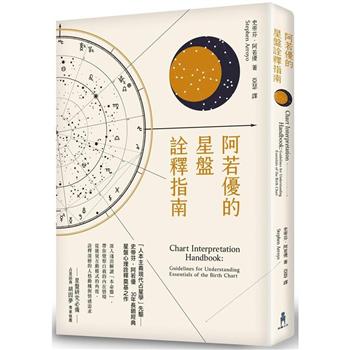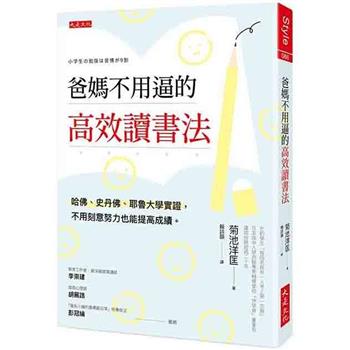AUTHORS IDA TAM A New York based architectural designer, photographer and film maker. Ida has published and practiced architecture internationally, working on projects in London, Hong Kong, Shanghai and New York. She is sole author of the book Reconsidering Authenticity: Computational Approach to preservation of Siheyuan in Beijing. Specializing in computational design, building information modeling and digital simulation, her research has also been published on the Architecture and Civil Engineering Journal in the US and Journal of Urban Construction and Theory Research in China. RAN YAN received her Bachelor’s in Architecture and Historic preservation in Tongji University, Shanghai and Historic Preservation Planning at Cornell University in the U.S. She conducted her Master’s thesis research on Shanghai’s alleyway housing communities’ preservation, emphasizing different stakeholders’ influence on urban neighborhood renewal. Over the past 3 years Ran has been in a leadership role supporting the LatimerNOW project piloted by the Historic House Trust, exploring anarchic ideas to reimagine historic house experience at the Lewis H. Latimer House Museum, especially to engage the Mandarin-speaking communities in Flushing, Queens. Ran devotes herself to revitalizing and diversifying historical and cultural heritage through community-centered approaches. FELITA LI A New York based architectural designer. A graduate of Cornell University, Felita dedicated her interest in curating cultural & historic spaces in urban environments in Seoul, integrating cultural informal practices in urban cities. After graduating, she began her career at the venerable Office of Metropolitan Architecture (OMA) in New York, winning the Transbay 8 San Francisco Competition. Subsequently, she has played a leading role in the development of a masterplan for Manhattan’s dilapidated Inwood section, in which she worked closely with the New York Economic Development Council (NYEDC) at Studio V. There, she collected substantial information from the GIS database - Pluto Data - and then used it to generate over 100 maps, which, in turn, were used to analyze the most appropriate methods to develop dilapidated area.
| FindBook |
|
有 1 項符合
reconsidering authenticity volume 2: shanghai lilong的圖書 |
 |
$ 1100 | Reconsidering Authenticity Volume 2: Shanghai Lilong
作者:Tam 出版社:Createspace Independent Publishing Platform 出版日期:2016-10-02 語言:英文 規格:平裝 / 74頁 / 22.86 x 15.24 x 0.48 cm / 普通級/ 初版  看圖書介紹 看圖書介紹
|
|
|
圖書介紹 - 資料來源:博客來 評分:
圖書名稱:Reconsidering Authenticity Volume 2: Shanghai Lilong
|






![塔木德:猶太人的致富聖經[修訂版]:1000多年來帶領猶太人快速累積財富的神祕經典 塔木德:猶太人的致富聖經[修訂版]:1000多年來帶領猶太人快速累積財富的神祕經典](https://media.taaze.tw/showLargeImage.html?sc=11100697818)



 2025【依最新法規修訂歸納】就業服務乙級技能檢定學術科題庫寶典[七版](就業服務技術士)](https://media.taaze.tw/showLargeImage.html?sc=14100117958)